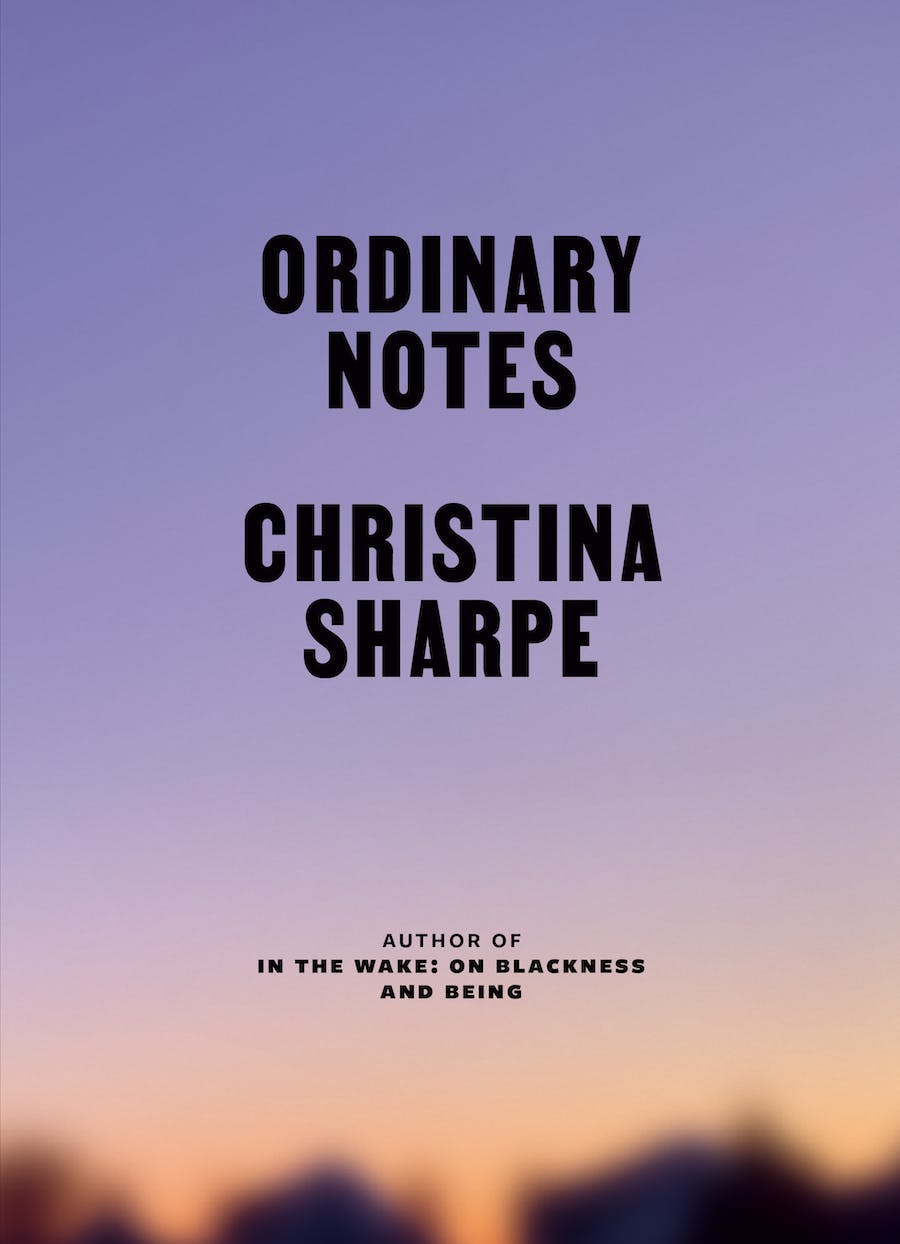Who are photographs for, anyway? More specifically, what purpose do memorials to the victims of slavery and racism—which often employ images of Black suffering—serve, and who are they for? Throughout Ordinary Notes, Sharpe directs our attention to the ways in which we choose to memorialize as well as to the memorializations themselves. Such memorials, she suggests, cannot always “be” for everyone, but so few seem to be for Black people. When Sharpe visits the Whitney Plantation, a former plantation site about an hour west of New Orleans that has been restored as a center for education on the history of chattel slavery, the founder of the museum goes out of his way to assure white visitors that none of them were responsible for the atrocities that once occurred there. For Sharpe, such an assurance not only sanctions whatever feelings are aroused in the white guests as they peruse the plantation; it also obscures how much the “peculiar institution” continues to echo in the culture, structures, and interpersonal relations that shape our lives today. Bronze sculptures of enslaved children dressed in overalls and work aprons are displayed throughout the plantation, intended to galvanize white visitors into anti-racist action by highlighting the innocence that was lost on that site, even as Black innocence is lost all around us in the here and now, every day. Sharpe knows why the plantation doesn’t have any sculptures of Black adults on display: They tend to play a different role in the white imaginary, often forcing white audiences to reckon with “the culpability, the debt, the entanglements, and the ongoing brutality of slavery’s afterlives.”
Sharpe does not restrict her critique to memorials founded and funded by white patrons and institutions : At one point in Ordinary Notes, she narrates her experience at a screening of a short film produced by Claudia Rankine that stitched together recordings of interactions between Black people and the police, many of which depict excessive violence by law enforcement. She then reproduces a letter written by Rachel Zellars, a Black professor who had attended a similar event, that asks and elaborates on a single question that Sharpe directs at Rankine: “Do you consider the impact your film will have on Black people in the room before you show it?”
